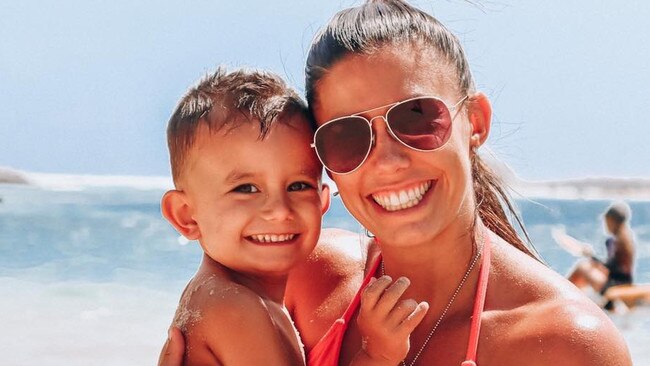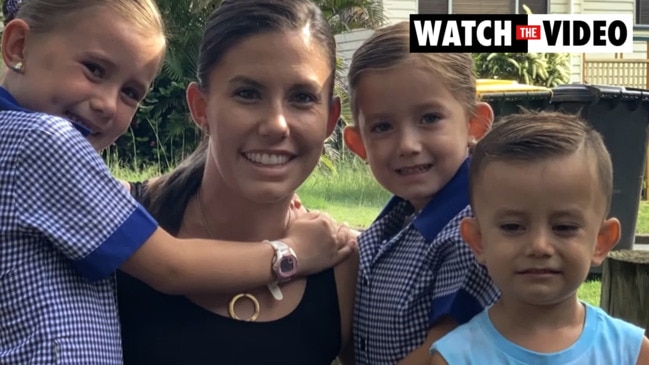Fire murder threats are on the rise say domestic violence workers
Women in Queensland have faced increasing threats from abusive partners to set them on fire, with cases spiking after the 2020 murders of Hannah Clarke and her children.

Women in Queensland have faced increasing threats from abusive partners to set them on fire in the past two years, according to domestic violence workers, with cases spiking after the 2020 murders of Hannah Clarke and her children.
Direct and implicit threats of dousing are a form of coercive control that has not been formally studied before, the survey’s co-author, University of Queensland TC Beirne School of Law senior lecturer Joseph Lelliott, says.
The UQ report details testimonies from family violence workers of abusers sending stories to their partners on Clarke – whose three children Aaliyah, 6, Laianah, 4, and Trey, 3, were burned alive in their car in the Brisbane suburb of Camp Hill in February 2020 by Clarke’s estranged husband – and telling them “That’s what I’ll do to you”.
“What we saw a lot of perpetrators do was print the news story around Hannah Clarke and the children and just send it to their ex-partner who had the kids. No words on it, just have a look at this,” one participant told a survey of 17 workers last year.
“I think there’s definitely been an increase of threats,” another said. “Often it’s a lot of allusions to it, a lot of comments of ‘That’s what I’ll do to you’ or ‘That’s how it’ll happen’, or ‘It was deserved’ … a lot of general threats to douse or light on fire possessions like cars, houses, alongside people.”
Dr Lelliott said there was a need to better understand dousing threats as a form of domestic violence and an indicator of the risk of violence escalating.
“There’s been no work to date into dousing threats specifically, although they appear to be more prevalent,” he said.

No empirical measures exists yet, but some workers he and co-author Rebecca Wallis interviewed at seven DFV centres in southeast Queensland said there had been a worrying increase.
Reasons may include an increased awareness among workers, and an increased fear among victims that such threats could be part of a pattern of escalating violence leading to murder.
“People are far more aware of it and that’s why there are so many more women, I think, talking about it,” a worker said.
“Because now they’re really fearful and they’ve seen the consequences of that kind of threat being carried out.”
Another said: “Definitely I’ve had a lot of the people that I’m supporting make a lot of reference to seeing similarities in the cases that have been in the media more recently.”
Threats may be verbal, or involve the use of accelerants or ignition sources, and are usually made against property such as houses, with the threat of personal violence implicit.
“They’ll pour petrol over the veranda, over the front door,” one worker said. “So it’s more the property that gets doused than the actual person themselves, although that does happen.”
Perpetrators also threatened to set themselves alight, but there were few explicit threats against children.
The next stage of the research is to interview victims of dousing threats, Dr Lelliott said.
Lifeline 131114; 1800 RESPECT







To join the conversation, please log in. Don't have an account? Register
Join the conversation, you are commenting as Logout